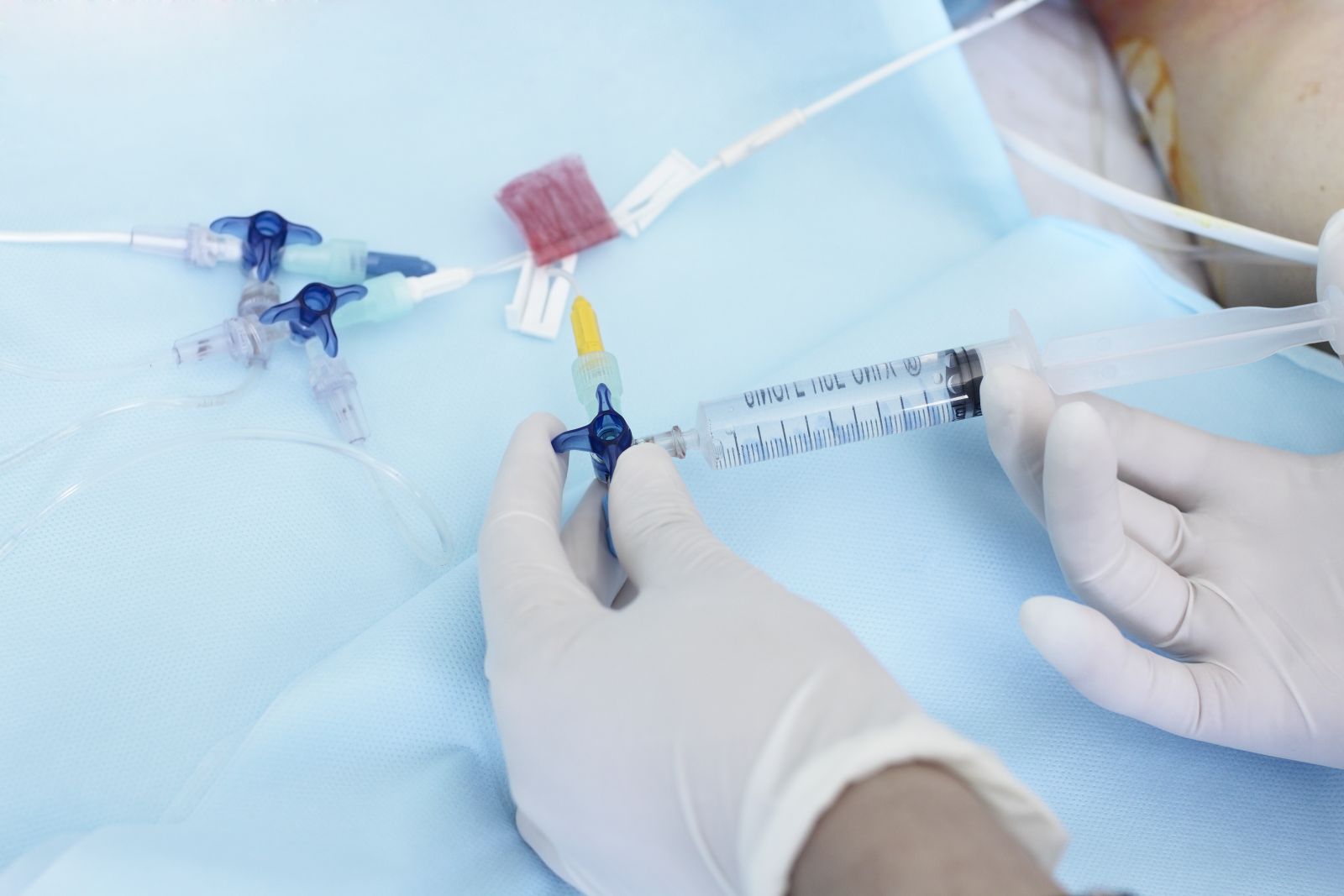Role of Lactate Kinetics over first 24 hours of ICU admission: a cohort study

Prognostic relevance of serum lactate kinetics in critically ill patients
Blood lactate levels are a well-established marker of organ perfusion in critically ill patients. Hyperlactatemia may be the result of anaerobic glycolysis and of disarrangement between lactate production-consumption. Several conditions have been described to influence the blood lactate levels such as sepsis, acute or fulminant liver dysfunction and drugs (metformin, propofol, antiretroviral agent).
The study by Masyuk et al. investigated the prognostic value of the lactate concentration changes (lactate kinetics) in a cohort of 2,191 critically ill patients admitted in ICU. Lactate concentration changes over the first 24 hours of admission (Δ24Lac) was calculated from the maximum lactate concentration of the day of admission in relation to the maximum lactate concentration on day 2.
Higher Δ24Lac was associated with decreased in-hospital mortality (per 1% Δ24Lac; HR 0.987 95%CI 0.985–0.990; p < 0.001) and an optimal Δ24Lac cut-off was calculated at 19%. Δ24Lac ≤ 19% was associated with both increased in-hospital (15% vs 43%; OR 4.11; 95%CI 3.23–5.21; p < 0.001) and long-term mortality (HR 1.54 95%CI 1.28–1.87; p < 0.001), even after correction for severity indexes.
Even matching 256 case-patients with Δ24Lac ≤ 19% to control-patients with Δ24Lac ≥19%, Δ24Lac ≤ 19% still remained associated with lower in-hospital survival.
STUDY STRENGTHS & LIMITATIONS
This study found that the lactate concentration changes over the first 24 hours of admission was robustly associated with short and long-term mortality in an unselected cohort of critically ill patients. According to this, the lactate concentration changes over the first 24 hours of admission may be a prognostic value and a relevant risk stratification tool for critically ill patients. The measurement of the lactate concentration changes over time is a strength of this study, since it might better reflect clinical practice-scenario compared to time-based protocol or pure mathematical use of measured lactate levels.
TAKE HOME MESSAGE
- Lactate kinetics over the first 24 hours of ICU admission may have a prognostic role for short and long-term mortality.
- For the future perspective, lactate kinetics may be a tool to guide fluid management in critically ill patients.
This article review was prepared and submitted by Professor Maria Vargas, Department of Neurosciences, Reproductive and Odontostomatological Sciences, University of Naples (Italy), on behalf of the ESICM Journal Review Club.
REFERENCES
1) Masyuk M, Wernly B, Lichtenauer M, et al. Prognostic relevance of serum lactate kinetics in critically ill patients.Intensive Care Med 218 Nov 26. doi: 10.1007/s00134-018-5475-3. [Epub ahead of print]